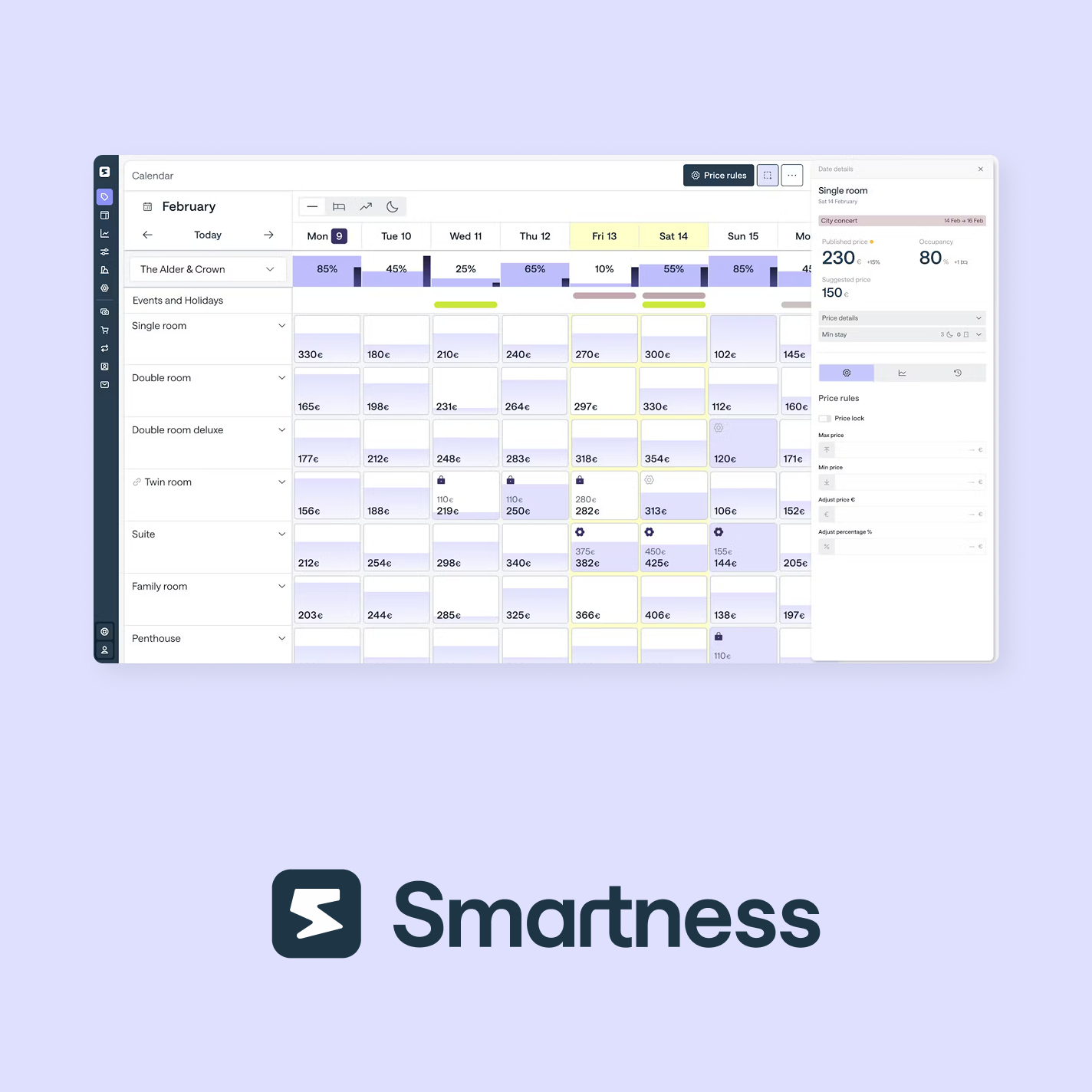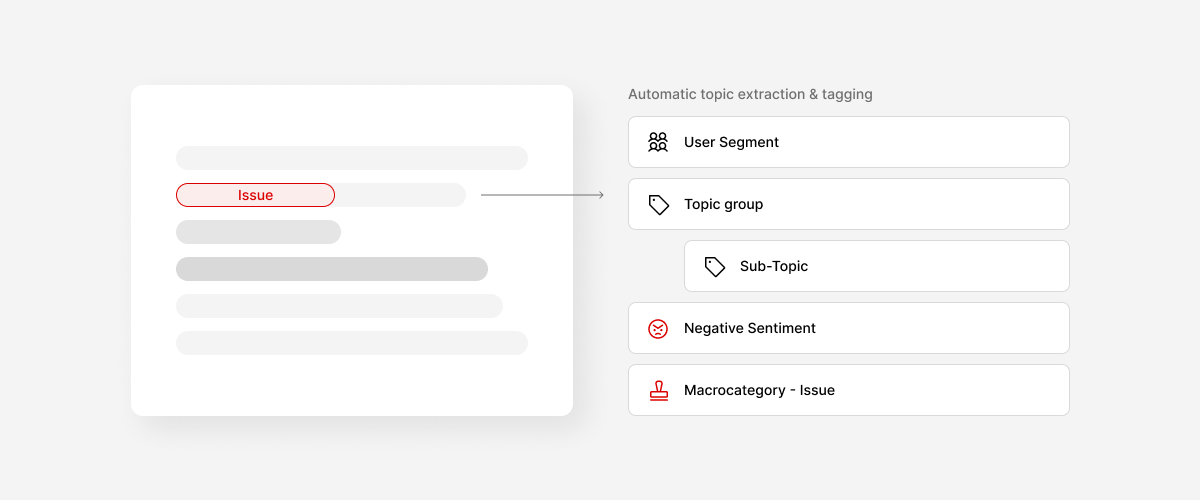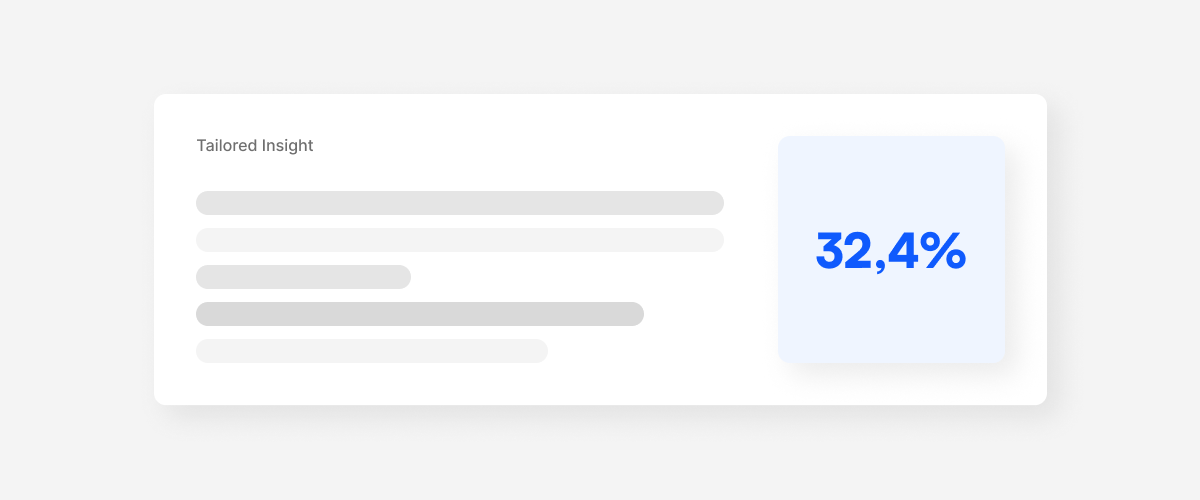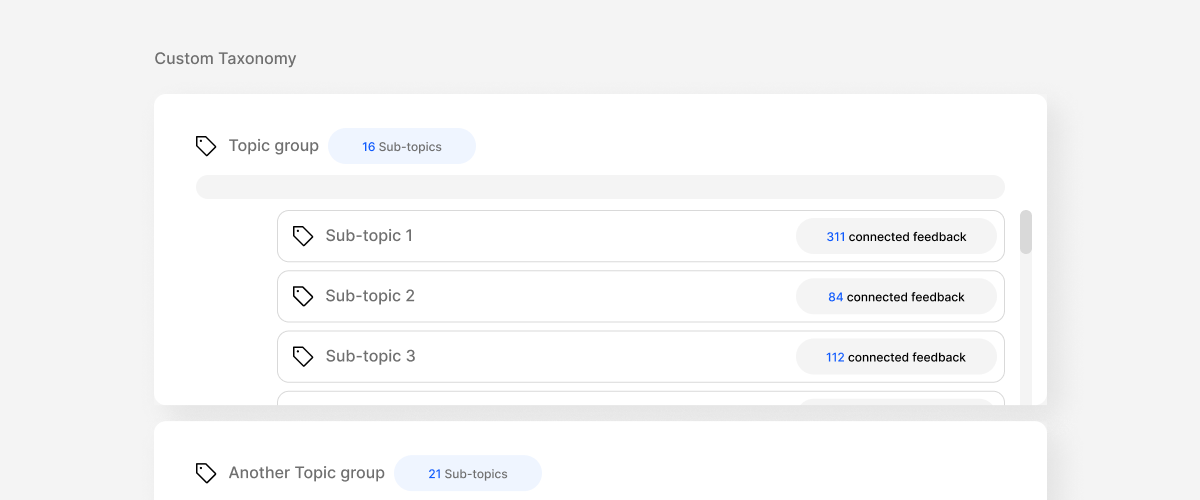Demystifying Product Analytics: A Practical Guide
Understanding Your Users Through Data
Product analytics is the essential toolkit for understanding how users interact with your product. It involves gathering data, typically related to user behavior, to gain insights into how and why they engage with your offering. While the steps outlined below provide a framework, remember: continuous analysis is key. This allows you to refine goals, iterate on features, and consistently monitor your users' experience.
Applying Product Analytics in Action:
- Define Your Objective: Start with a clear purpose. What questions are you aiming to answer, or what decisions need data-driven guidance?
- Establish Metrics: Define measurable indicators that track progress towards your goal. Choose a select few key metrics that are relevant and easy to understand. Avoid getting bogged down in excessive data by focusing on metrics that offer clear insights. Understand the rationale behind your chosen metrics and what they represent. Leverage historical data to set benchmarks and estimate expected results where applicable.
- Gather Data: You can collect diverse data points using either qualitative methods like surveys and user interviews, or quantitative methods like app instrumentation and embedded analytics tools. Data collection often involves establishing a data architecture to ensure your information is organized, clean, and readily available for analysis.
- Uncover Insights: Analyze the collected data to identify patterns and trends that illuminate your product's performance. This analysis aims to understand how and why users interact with your product. Assess your progress against the defined metrics and highlight any significant issues. Collaboration with your product team is crucial for this stage, although larger teams or complex projects might involve dedicated data scientists.
- Iterate and Adapt: As mentioned earlier, analysis is an ongoing process. By consistently collecting and analyzing data, you are better equipped to identify subtle nuances in product performance and adapt accordingly.
When to Leverage Product Analytics:
Product analytics offers valuable insights throughout your product journey, from conception to launch and beyond:
- Testing Hypotheses: Test your gut feelings and assumptions with data-driven experiments.
- Filling Knowledge Gaps: When unsure where to begin, start by collecting data to gain a foundational understanding.
- Justifying Decisions: Back up strategic decisions with data to bolster your arguments and convince stakeholders.
Remember, data doesn't lie. By strategically applying product analytics, you can gain a deeper understanding of your users, inform critical product decisions, and ultimately build successful products that resonate with your target audience.



























